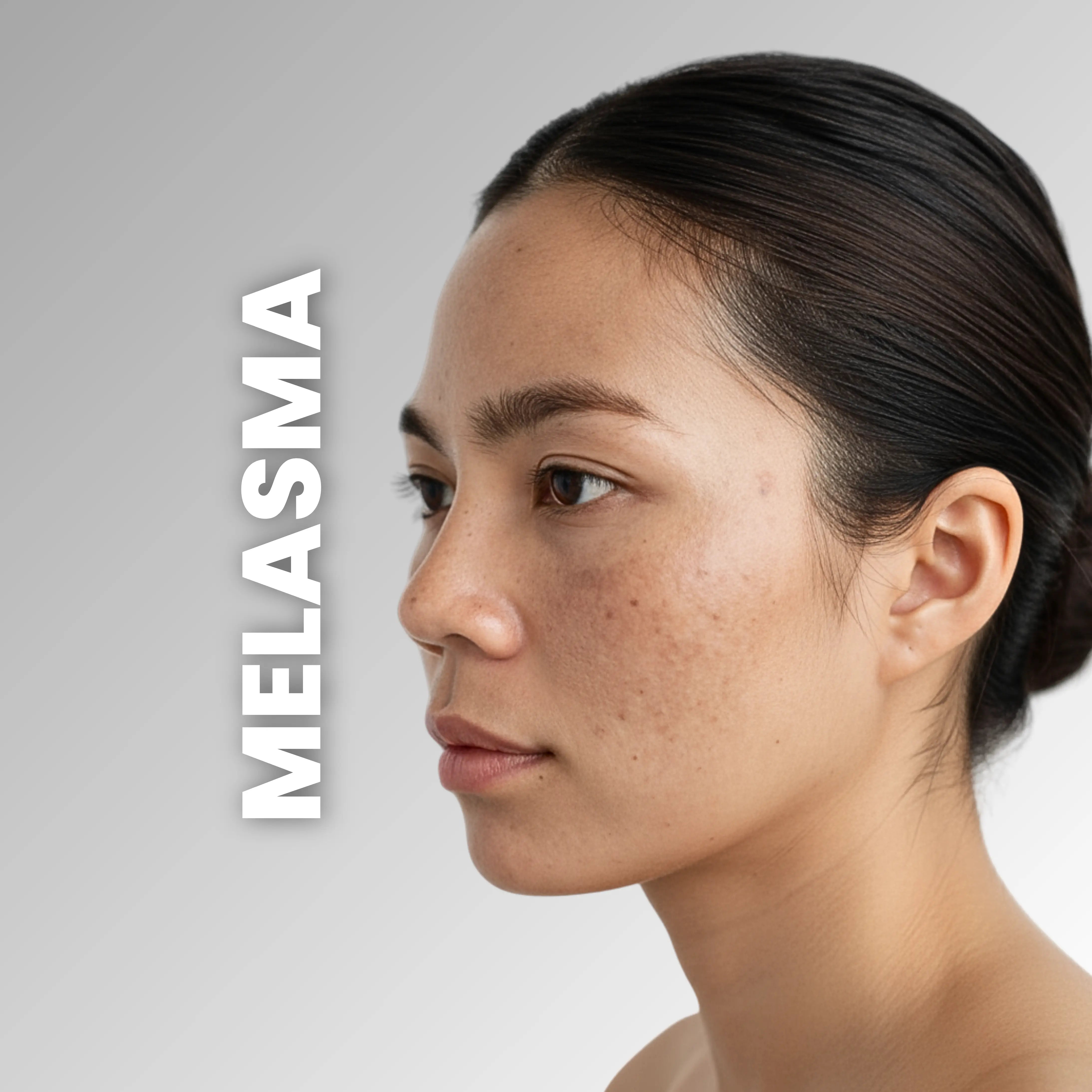Melasma
Melasma needs consistent & targeted care. Explore Dermatologist guided care that reduces pigmentation, blocks UV induced triggers, & supports even, radiant tone.

Tinted
SAFESCREEN® TINTENSE® Fawn Tinted Sunscreen Lotion SPF 50+
Dusky-Deep Skin Tone
Rs. 1,296
Rs. 1,620
(20% Off)
SAFESCREEN® TINTENSE® Gold Tinted Sunscreen Lotion SPF 50+
Dusky Skin Tone
Rs. 1,296
Rs. 1,620
(20% Off)
SAFESCREEN® TINTENSE® Beige IST-59 Tinted Sunscreen Lotion SPF 50+
Medium-Dusky Skin Tone
Rs. 1,536
Rs. 1,920
(20% Off)
SAFESCREEN® TINTENSE® Bisque IST-75 Tinted Sunscreen Lotion SPF 40+
Medium Skin Tone
Rs. 1,536
Rs. 1,920
(20% Off)
SAFESCREEN® TINTENSE® Buff IST-26 Tinted Sunscreen Lotion SPF 50+
Light-Medium Skin Tone
Rs. 1,296
Rs. 1,620
(20% Off)
Non Tinted
SAFESCREEN® NEXGEN SPF 60+ Moisturizing Sunscreen
Sensitive Skin, Dewy Finish





















